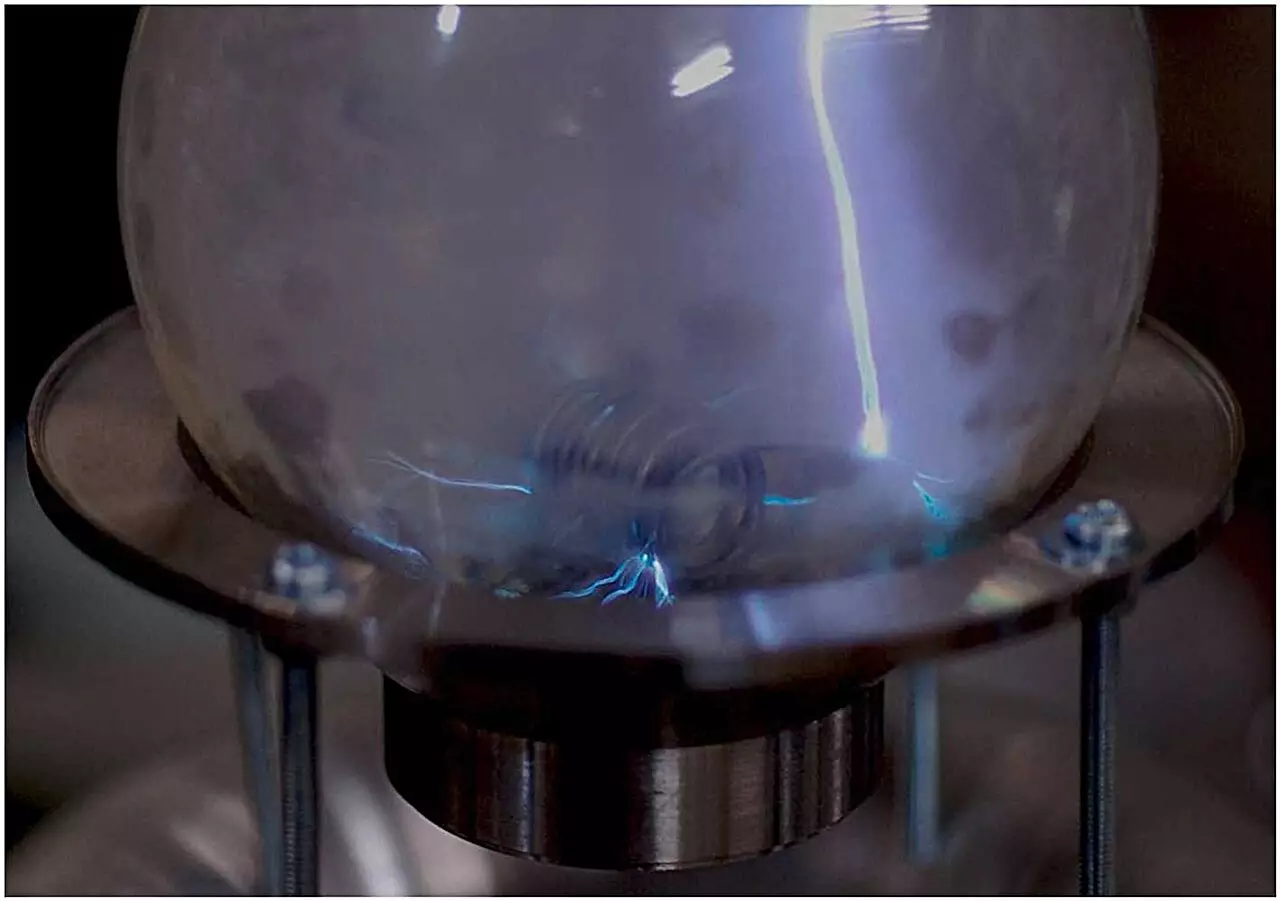In a groundbreaking study conducted by researchers at the University of Tsukuba, a novel method for creating widely used polymers, such as polystyrene and polymethyl methacrylate, has been unveiled. This unique synthesis technique utilizes radical polymerization driven by a remote spark discharge from a Tesla coil, a revolutionary high-voltage, high-frequency generator. This advancement represents a significant leap in synthetic polymer chemistry that could reshape the future of material production.
Traditionally, the synthesis of polymers has involved the use of metal catalysts and radical polymerization initiators to facilitate the polymerization reactions. However, the study at the University of Tsukuba introduces a paradigm shift by demonstrating that these catalysts are not necessary. By generating monomer radicals using the Tesla coil’s intense discharge, researchers have found a new pathway for polymerization that circumvents the conventional requirements, thereby enhancing efficiency and reducing dependency on chemical catalysts.
The use of the Tesla coil in this research is particularly noteworthy. It allows for the generation of high-energy sparks without the need for a counter electrode, facilitating a remote spark discharge treatment that can occur externally to the reaction vessel. This unique capability not only improves safety and convenience during the polymerization process but also enables the production of high-purity polymers. The researchers successfully synthesized polystyrene and polymethyl methacrylate — both crucial materials extensively utilized in packaging and food containers.
Furthermore, the research team has extended their innovative approach to the synthesis of conjugated polymers. By leveraging the “soliton” produced during the spark discharge treatment, they have initiated a new pathway for generating these complex polymers. This marks a first within the realm of synthetic polymer chemistry, suggesting that electromagnetic waves could become instrumental in material synthesis. The implications are vast, potentially leading to the fabrication of new materials with tailored properties and applications.
This breakthrough that emerges from the University of Tsukuba symbolizes a new era in polymer chemistry. By eliminating the need for conventional catalysts through the innovative use of electromagnetic waves, the researchers have opened the door to new methodologies for synthesizing materials. It raises exciting prospects for the development of eco-friendly and cost-effective production processes. As industries strive for more sustainable practices, this innovation could lead to reduced chemical waste and lower environmental impacts.
The research conducted by the University of Tsukuba is not just a technical advancement; it is a reflection of how creative approaches, such as utilizing high-frequency generators like Tesla coils, can revolutionize traditional methodologies in material science. As the scientific community continues to explore these avenues, the potential for further innovations in synthetic polymer chemistry is boundless, paving the way for the development of novel materials that cater to the environmentally conscious demands of today’s world.


Leave a Reply